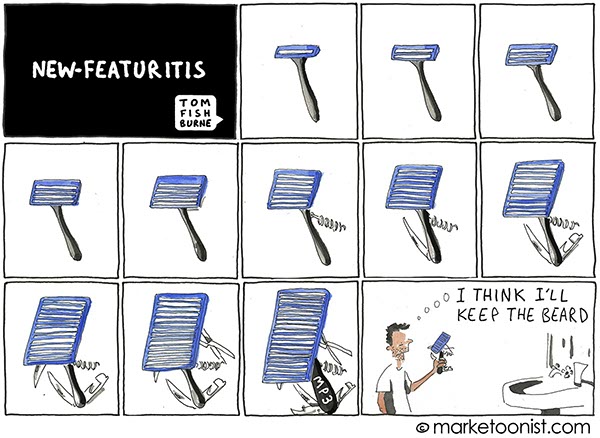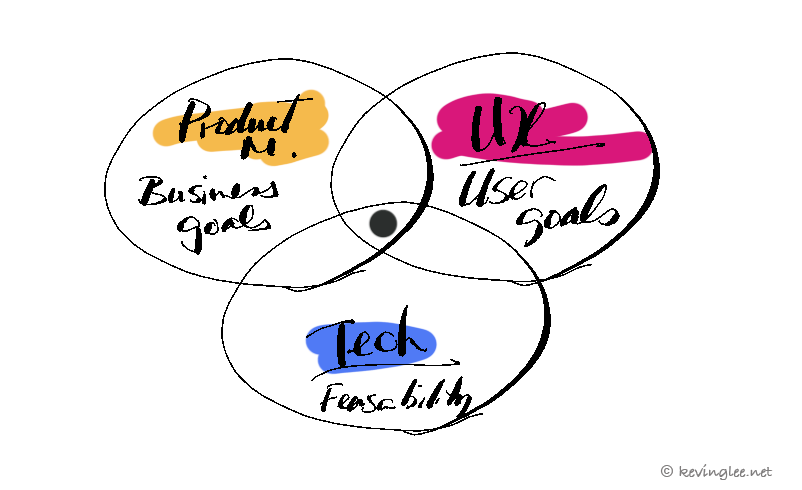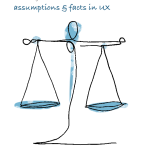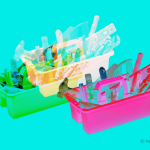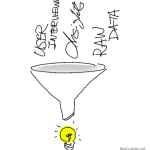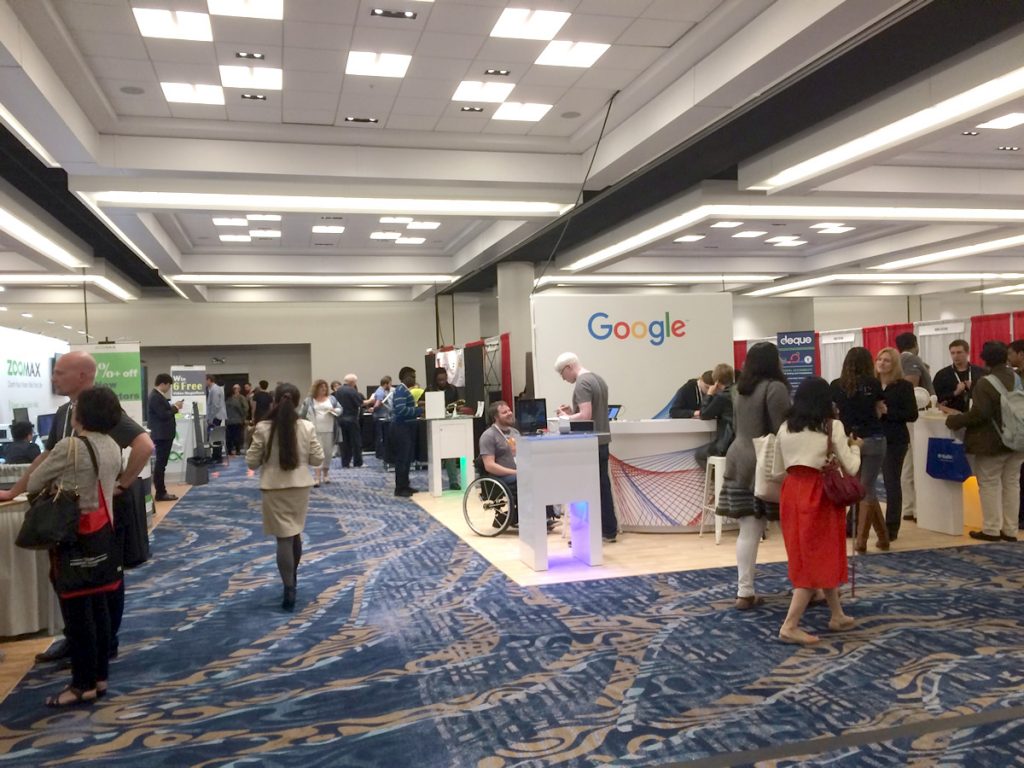
They say to follow your nose, and you’ll find what you’re looking for if you’re lucky. This time I did get “lucky” doing just that. In my short trip to San Diego it was supposed to be work-play where I’d do some networking and sightseeing of one of my favorite Californian cities. I took notice of this convention being held near where I was staying so I thought I’d check it out. It became a highlight of my trip as I soaked in an experience of what assistive technology brought to the table in the design world.
“Assistive technology (AT) is any item, piece of equipment, software program, or product system that is used to increase, maintain, or improve the functional capabilities of persons with disabilities.”
What Google had
Google’s focus was on voice-operated tools which included being to create/edit documents in Google Docs with your voice. More info here.
Its Google Home was on display, I had walked in when its presenter was explaining the “smart” functions such as being able to control the room’s temperature as well as dimming & turning on/off the lights. The woman next to me at that moment blurts out “ so it’s a better version of the Clapper!”
Wearables
There were plenty of stands with technology which you’d expect with products focused on braille, enhancement of text for vision-impaired, right down to a PC keyboard with enlarged letters on fluro-colored keypads. Products which stood out for me however, were the wearable technology products– I simply believe it is our present-future.
A company named “Dot” had an attractive modern watch which was essentially a smartwatch using braille. It’s concept was simple– it had 30 tiny holes for braille dots neatly laid across the console which will construct words and sentences in sync with the time or any text from your start-phone. The pairing functionality means it can translate docs, messages, sports results, emails, give map directions, etc. Although I had to ask the man the obvious question ” Wouldn’t the user usually prefer to hear them with voice-operated messages?“. The presenter would respond “sure many would, but many would want it to be more discreet depending on where you are…” Then I immediately thought of scenarios like a meeting or social gathering. Sure, no reason to announce to the whole room that I’m visually impaired every time to check the time or to read a text message from mom. It allows for more subtle efficiency and offer considerations for people’s dignity. I was certainly impressed with its simplicity while adding a strong value in everyday life’s demands. For more info on Dot: www.dotincorp.com
Ultra-sonic sensor in a watch
Another wearable product which impressed me was the Sunu Band by Marco Trujillo, a young talented robotics-engineer turned product designer. Its concept and offering is simple–the watch helps visually impaired to navigate through a crowded pathway. It uses ultrasonic technology (same used in pregnant woman’s womb) to detect distance of objects/ people in front or side of you. As I wore it and tested it out, I was able to sense the signals from the watch- it was clear in communicating to me what was in front & periphery from its varied vibrations (once again, silent to people around) on my wrist. It pulsed at closer intervals when something was encroaching, when a person approached me directly in front the watch stepped-up its pulses faster. It was intuitive for me to step away and find a safer angle to move forward.
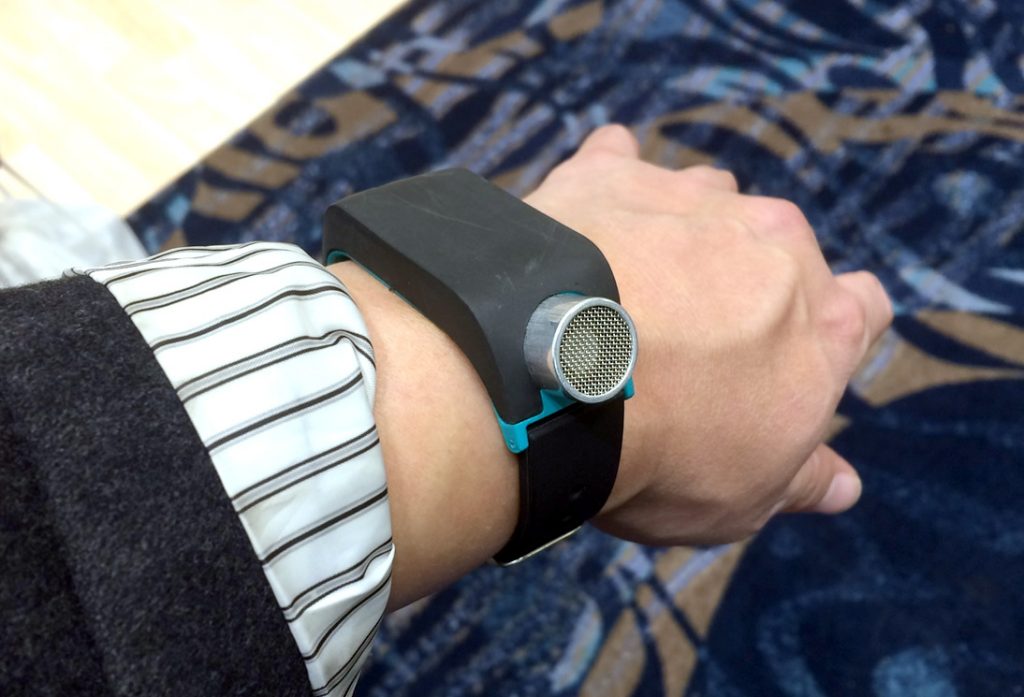
Other features of the watch includes customization with a smartphone, tagging items/articles to track & find it with the watch. I can imagine a walking cane is still a good idea while this watch seems like a great alternative to a guide-dog in some complicated streets in town. For sure, it will turn heads in the street of passer-bys with wonder “is that guy actually blind or not?”. The enhanced independence & awareness the watch offers was clearly apparent here. For more info on Sunu Band: www.Sunu.io
This trip of “taking downtime”leading me to this conference had actually inspired me to look into this community of users with special needs, it literally opened my eyes where it may been muddled to me in the past. It may be the most immediate call for designers to investigate this type of user experience– how close to 20% of us will deal with disabilities in our lifetime, in dealing with the challenges of getting through a simple day.
